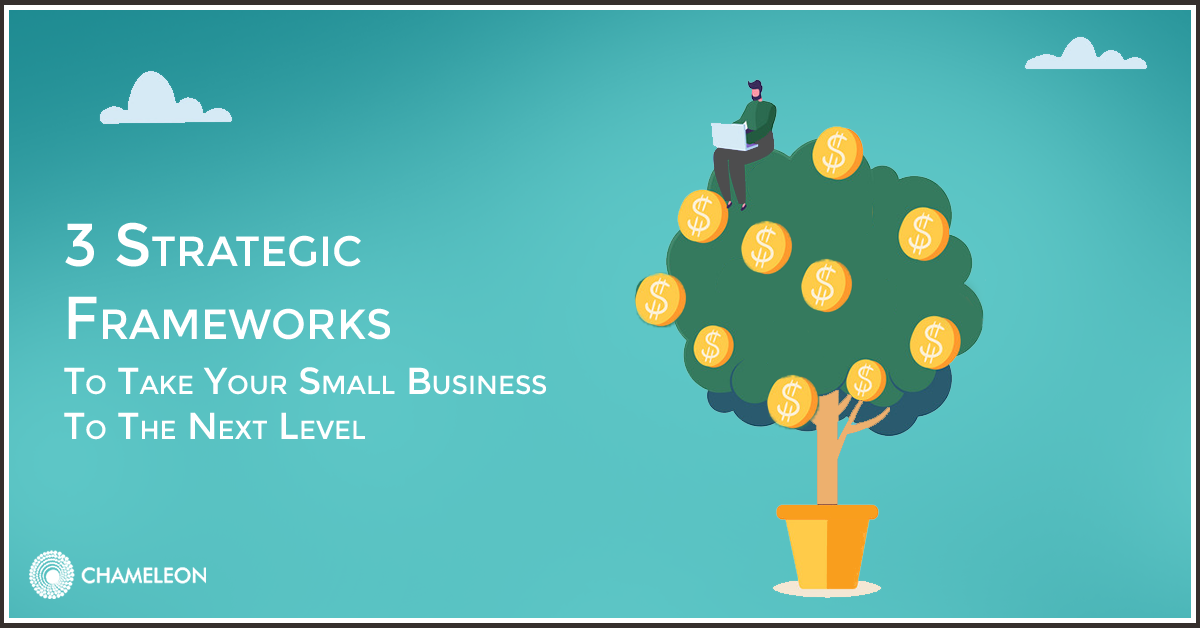Strategy is an integral part of any business. It is used to tackle everyday obstacles and steer a company toward its goals. But which one is best for you?
Coming up with the right strategy for you boils down to your individual business situation or problem. It requires research, carefully calculated plans, and executing them effectively. The results must always be recorded so they can be compared against the set goals and contribute to future growth.
Over time, these results can help anticipate future trends of the company and environment. These frameworks also allow us to calculate the impact of any action on the overall goals of the company.
Porter’s 5 Forces
Porter’s Five Forces takes into account not just the company itself, but also the external environment including customers, rival businesses, and potential threats.
Rivalry among competitors represents the current players within the industry. Competition can be ruthless in some industries, while in others, competitors may have mutual goals. The higher the rivalry among competitors, the higher the risk or difficulty in operating in this industry.
Bargaining power of Buyers refers to the importance of the buyer or customer in the industry. Although the buyer is always important, their bargaining power may vary depending on the nature of business and industry. The higher the buying power of the buyer, the more difficult it will be to operate since they will always demand higher quality and service for the lowest cost.
Bargaining power of Suppliers is the amount of power held by the providers of the raw materials or other items necessary for you to operate. The higher their buying power, the more influence they will have on all businesses operating in the market.
Threat from new entrants refers to the increased competition and friction that could arise when new players enter the market. This takes into account factors such as the barriers to entry for new players, as well as the economies of scale enjoyed by existing players.
Finally, threat of substitute products refers to the availability of similar products or services in the market which might fulfill the same needs as your product. These substitutes are a threat because consumers will have the option to switch from your product to another that is readily available in the market.
Once you have identified the five forces, you assign a value to each such as Low, Medium, or High. Let’s say you want to assign a value to the rivalry from competitors in your industry. If there are a lot of businesses offering the same product or service as you, and there is tough competition, then rivalry from competitors is high. If there are few or no other competitors or if you enjoy a monopoly, then there is low rivalry.
Porter’s Five Forces model works when you look at all the five forces and carefully analyze the situation to come up with the best strategy.
SWOT Analysis
SWOT is an acronym for Strengths, Weaknesses, Opportunities, and Threats. The framework analyzes your business from these four angles to determine the best course of action. Strengths and Weaknesses deal with the company’s internal situation, while the Opportunities and Threats are external.
Strengths are the characteristics of your business which give you an advantage over your competition. As the name suggests, this includes things you can do better or faster or any special resources or assets you have that others don’t.
Weaknesses include your shortcomings, as well as any strengths of your rivals. By studying and analyzing your weaknesses, you will learn of any limitations your business may have, and your areas of improvement.
Opportunities often present themselves in the business industry, and it is up to the strategy manager to help identify any avenues where the business can get an advantage. This includes any emerging trends or unfulfilled needs of the market. It can also include the effects of marketing activities or publicity for your company.
Threats are always present in business and must be taken into account, to mitigate any risks beforehand. Threats can be of many types, and are often not in our direct control. They could include a governmental action or law that hinders business activities, or the arrival of a new product which is better than your own.
Balanced Scorecard
The Balanced Scorecard measures various aspects of the business and gives them a score or rating. It is generally used for identifying strengths and weaknesses, and for improvement of processes. The four main parts of a Balanced Scorecard are the Financials, the Customer, the Internal Processes, and Learning and Growth. In the center, we have vision and strategy.
For financials, you should analyze your sales, revenues, costs, cash flow etc. In other words, you want to find out how healthy your company is in terms of financials.
For customers, you should know what they think of your product and how satisfied they are. This will require research and collecting feedback from your customers.
The internal business process refers to the methods used in your company to provide the product and service to your customers. These processes must be efficient, and there should not be any wastage of time or resources.
Finally, learning and growth deals with training and improvement of the staff and processes. It involves applying knowledge and new research to your company’s growth, and creating value out of new information quickly and seamlessly.
For each of the above parameters, you have to define your objectives, decide on the measures you are going to take, set your targets, and list down the initiatives.



